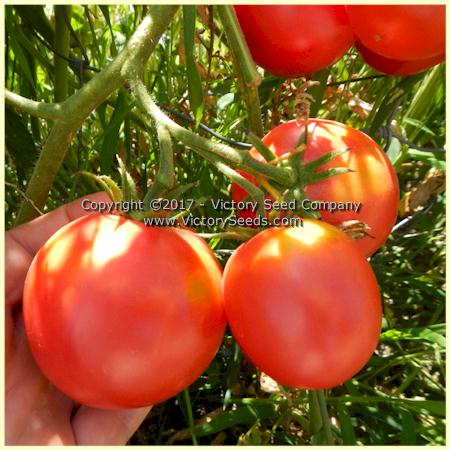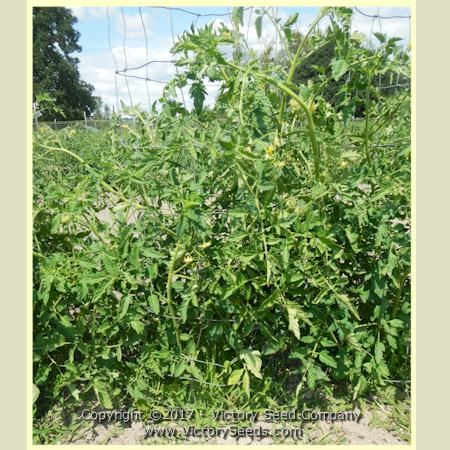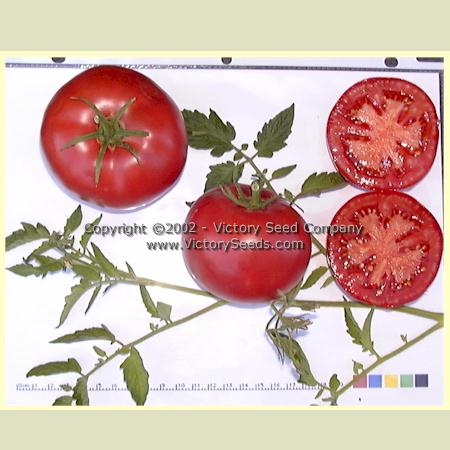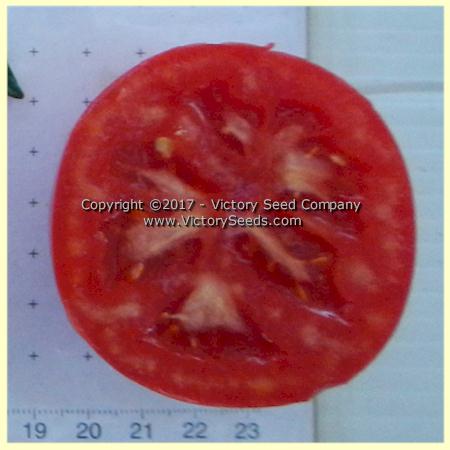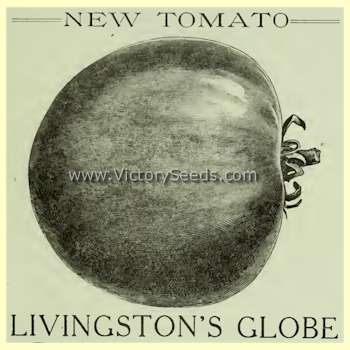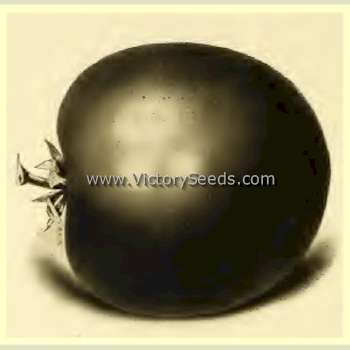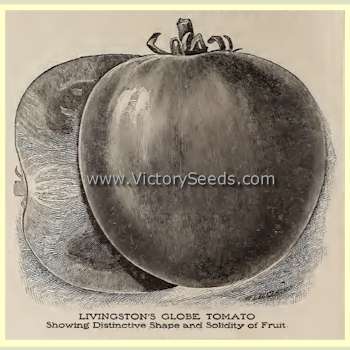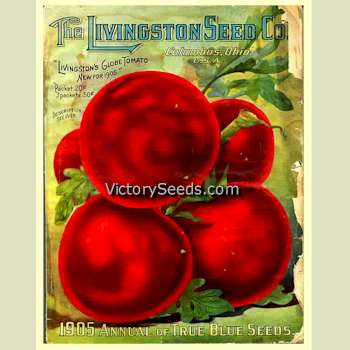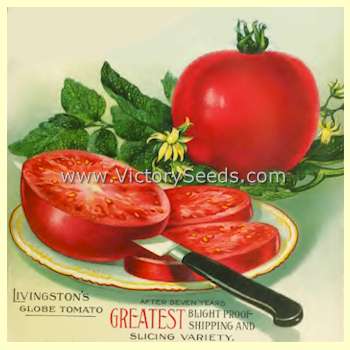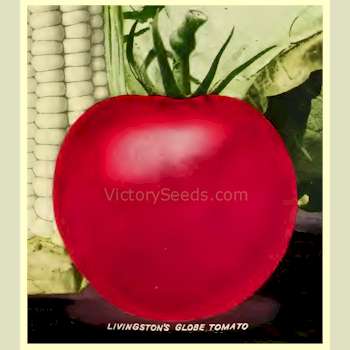Livingston's Globe Tomato
Livingston's Globe Tomato
Regular price
$2.95 USD
Regular price
Sale price
$2.95 USD
Unit price
per
Shipping calculated at checkout.
Couldn't load pickup availability
 VERY IMPORTANT NOTE: This variety will be available again in early January, 2026. Please signup above to be notified when it becomes available. Click here to learn
more about our seasonal products.
VERY IMPORTANT NOTE: This variety will be available again in early January, 2026. Please signup above to be notified when it becomes available. Click here to learn
more about our seasonal products.
85 days, indeterminate — Although it nearly disappeared from the commercial seed trade by the late twentieth century, 'Livingston's Globe' has been preserved and remains available to modern gardeners.
It is a very productive variety with beautiful, globe to slightly elongated shaped, rich pink colored, medium sized fruit that average about six ounces each but can reach up to thirteen ounces. They have a pleasant, mild flavor and are excellent for slicing. 'Livingston's Globe' was marketed for production and home garden use as well as being described as well suited to greenhouse applications.
Here is how it was introduced by the A. W. Livingston's Sons Seed Company in 1897:
"The fact that this is another new tomato, originating with the Livingstons, of world-wide tomato fame, will be sufficient to warrant all growers of fine tomatoes to give it a liberal trial. It is of beautiful globe shape, with quite a percentage of elongated (stem to blossom) fruit, which permits of a greater number of slices being taken than with flat fruited sorts. Among the very first to ripen, although of large size; very smooth, firm fleshed, few seeds, ripens evenly; color a beautiful glossy rose, tinged purple! Flavor very delicate and agreeable; splendid slicing variety. The fruit is borne on short jointed, branching plants in great abundance — literally loaded with fruit. A good general cropper, and one of the very best for greenhouse growing or first early crop on stakes or trellis. An entirely distinct and fixed new sort. Every grower of Livingston's New Globe, whether he grows for private or market purposes, will be pleased with the beautiful and attractive globe shaped fruit."[1]
'Livingston's Globe' is reported to be a selection of a cross made by Robert Livingston in between 'Livingston's Stone' and the 'Ponderosa'. Livingston stated that the characteristic roughness of 'Ponderosa' persisted in 'Livingston's Globe' and that only gradually was the present form developed.[2,3] However, by the time that it was announced in 1897, it was smooth-skinned and "fixed" (true-to-type). It was introduced for wide scale distribution, including being offered by most of the major seed houses of the era, in all of their 1905 seed catalogs.Back in the late 1990s when we started recreating the Livingston Collection, several merchants were offering what they were calling 'Livingston's Globe'. We ordered and grew all of those out along with three accessions from the USDA (G 32193, PI 270186 and PI 270187).
Our seed stock has been grown and selected from seed sent to us in 2002 by author and tomato authority Craig LeHoullier who received the seed from the late seed saver Gary Staley in 1992. Reportedly, Mr. Staley's source was USDA accession number PI 270186 which traces back directly to Livingston Seed Company. Each packet contains approximately 20 seeds.
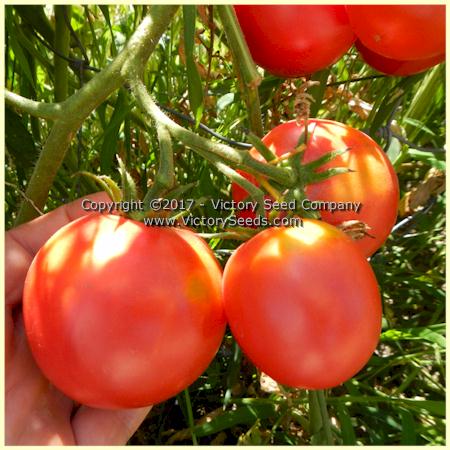
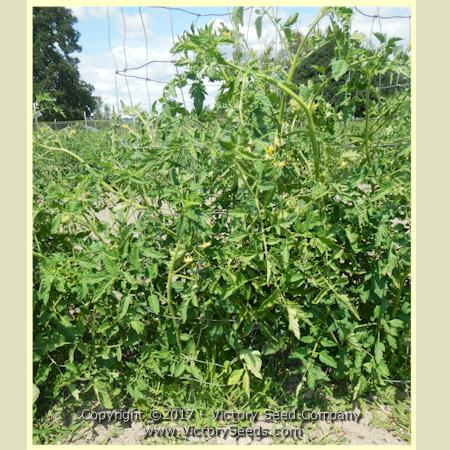
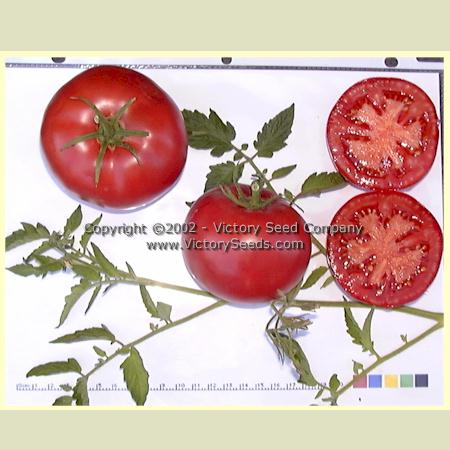
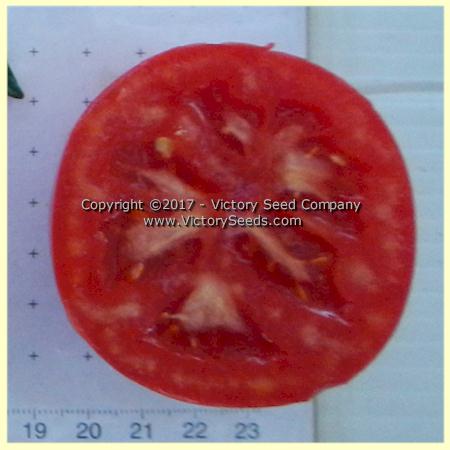
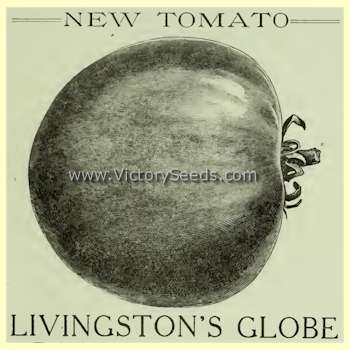
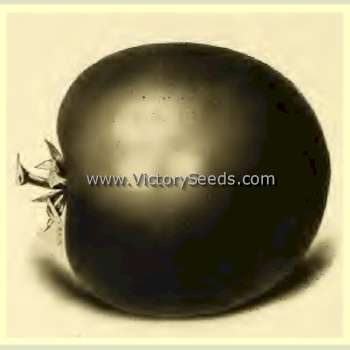
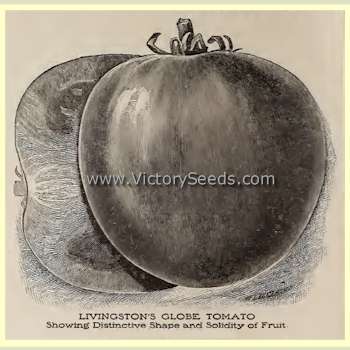
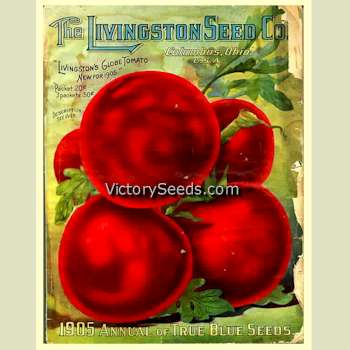
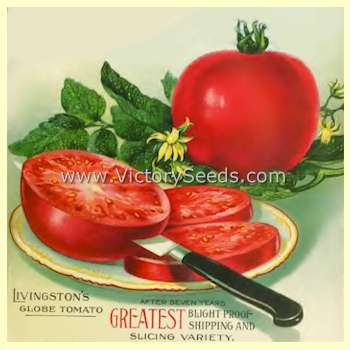
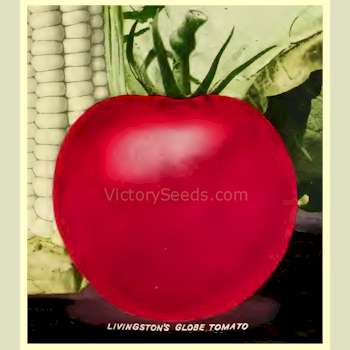
Informational Sources:
- "Livingston's Choice New Vegetables for 1897," A. W. Livingston's Sons Seed Company, Columbus, Ohio, 1897.
- "Descriptions of Principle Types of American Varieties of Tomatoes," USDA, October, 1933.
- "Tomato Varieties," by Gordon Morrison, Michigan State College A.E.S., Special Bulletin 290, April 1938.
Explore our vegetable collections:
[ Artichokes | Asparagus | Beans | Beets | Broccoli | Sorghums | Brussels Sprouts | Cabbage | Cantaloupe | Carrots | Cauliflower | Celery | Collard Greens | Corn | Cucumber | Eggplant | Endives | Gourds | Kale | Kohlrabi | Leeks | Lettuce | Mesclun Mix | Mustard Greens | Okra | Onions | Parsley | Edible Pod Peas | Garden Peas | South Peas | Hot Peppers | Mild Peppers | Pumpkins | Radishes | Rapini | Rhubarb | Salad Greens | Salsify | Summer Squash | Winter Squash | Swiss Chard | Tomatillo | Tomatoes | Dwarf Tomato Project | Turnips | Watermelons ]

